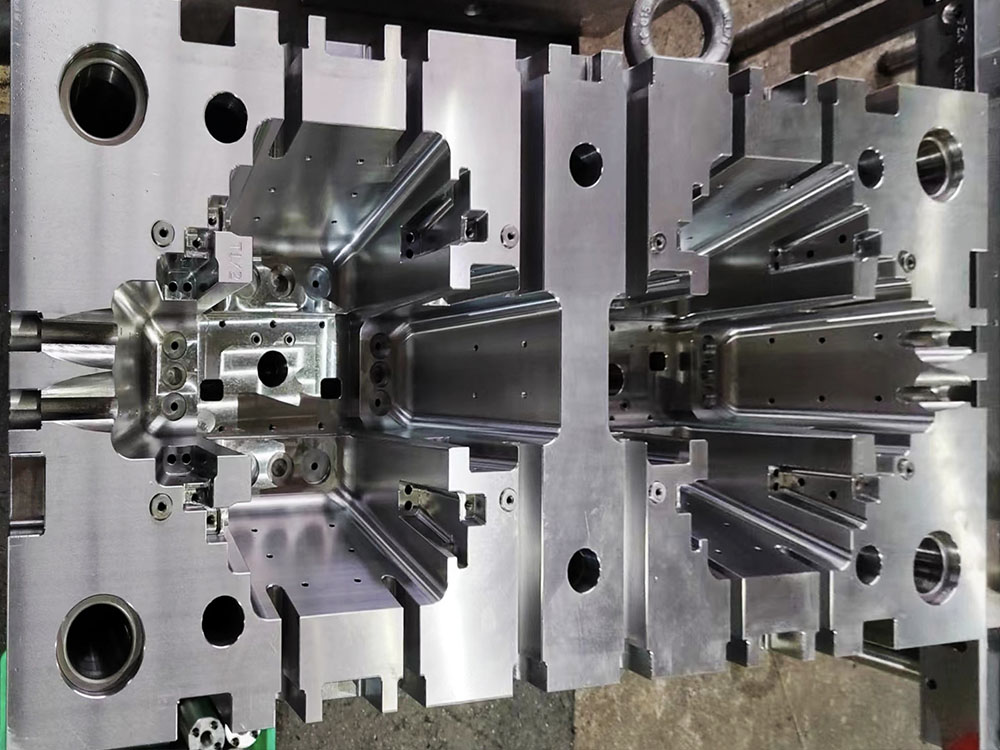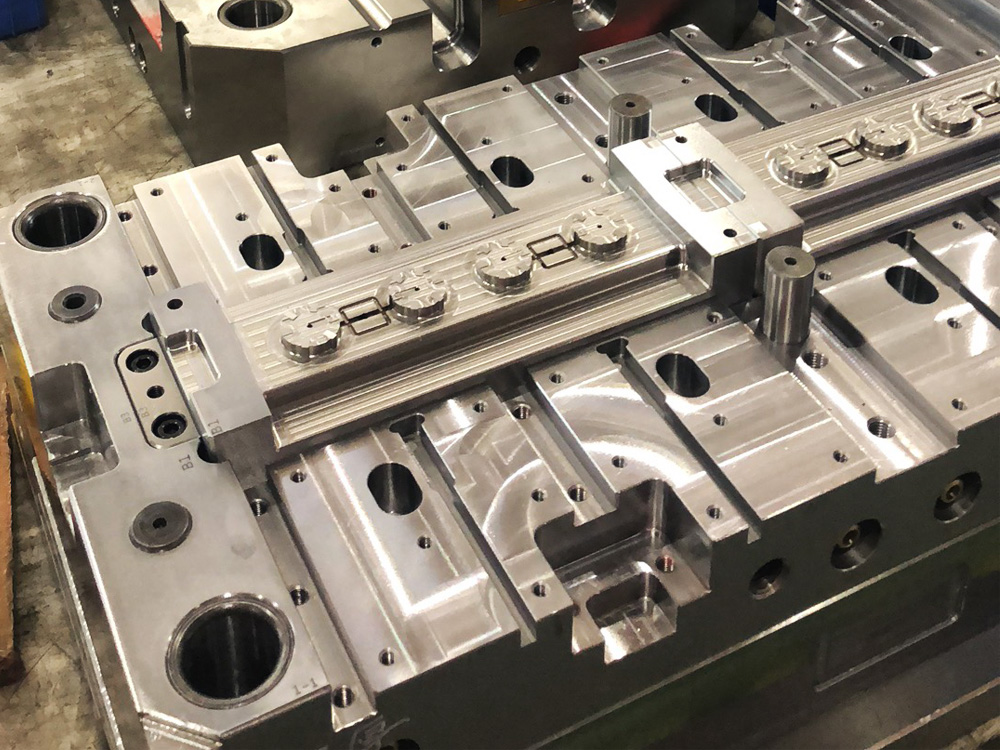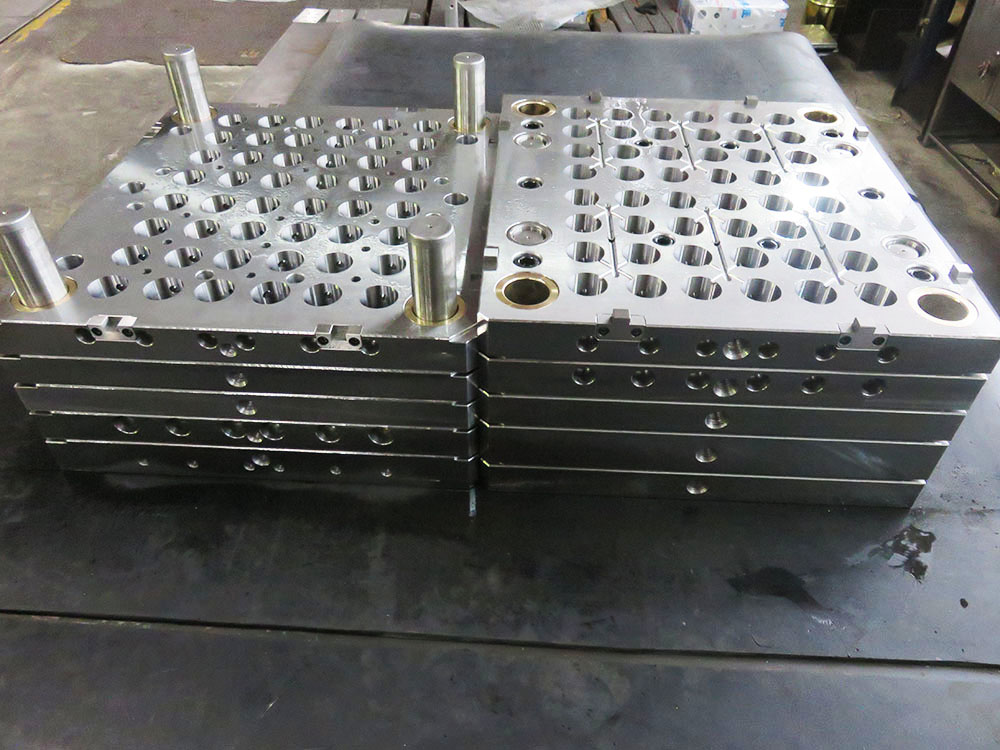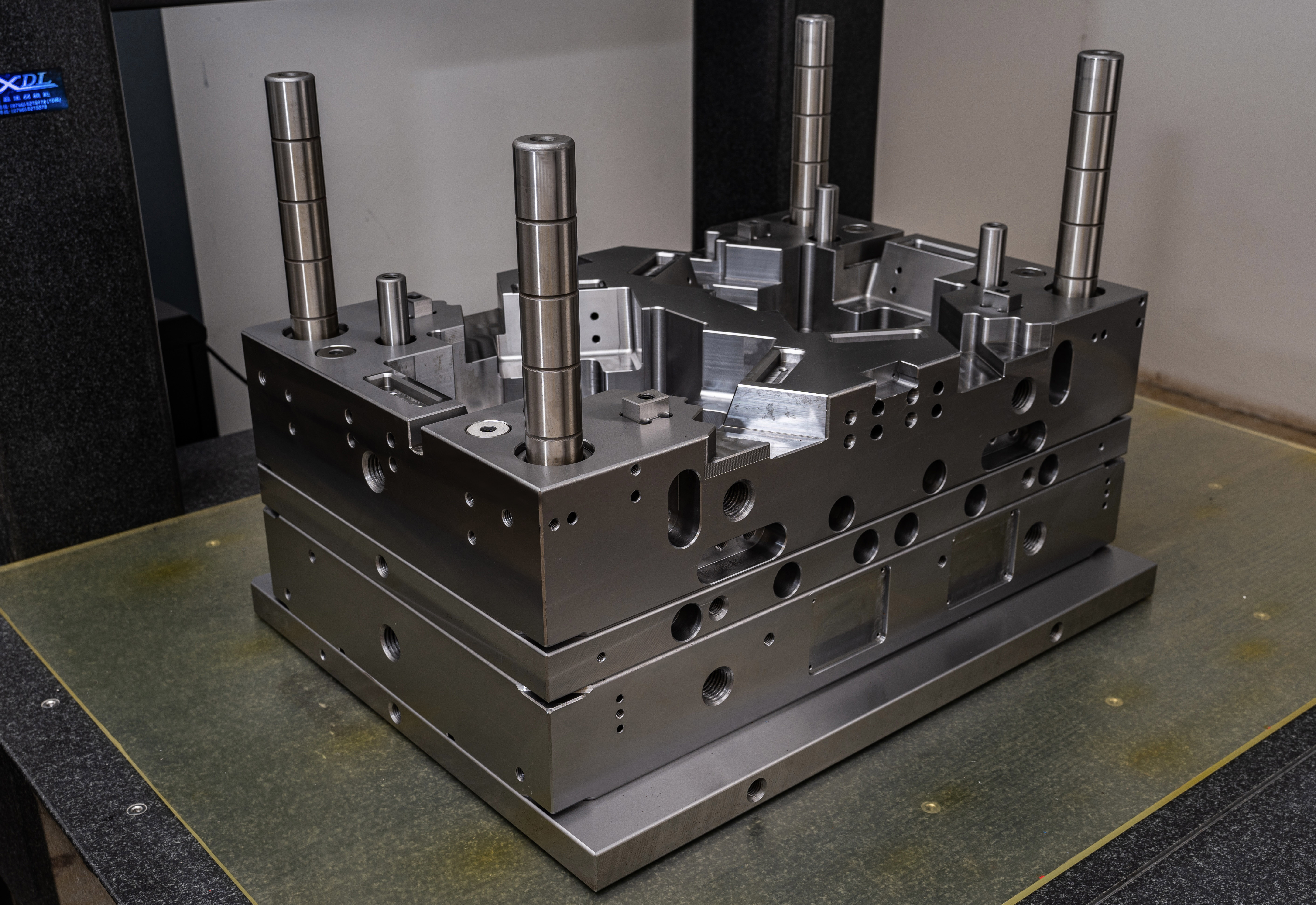How to Create an Aesthetically Pleasing Plastic Mold Frame Engineering Drawing

Mold bases play a crucial role in the plastic mold industry as they provide a stable and reliable platform for molding operations. In order to ensure the success of a plastic mold project, creating an aesthetically pleasing plastic mold frame engineering drawing is essential. This article will guide you through the step-by-step process of creating such a drawing.
Analyzing the Requirements
The first step in creating an aesthetically pleasing plastic mold frame engineering drawing is to thoroughly analyze the requirements of the project. This includes understanding the size, shape, and functionality of the mold frame. It is essential to gather all the relevant information and specifications before proceeding to the next stage.
Designing the Mold Frame
Based on the requirements gathered in the previous step, the next stage involves designing the mold frame. This includes determining the material, dimensions, and overall structure of the frame. It is important to consider factors such as strength, stability, and ease of assembly during the design process. Computer-aided design (CAD) software can be utilized to create detailed 2D and 3D models of the mold frame.
Capturing Aesthetics
Achieving an aesthetically pleasing plastic mold frame engineering drawing involves focusing on the visual appeal of the drawing. This can be accomplished by utilizing various design principles such as symmetry, balance, and proportion. Paying attention to the placement of details and the overall composition can greatly enhance the aesthetic appeal. Additionally, the use of colors and textures can also contribute to the overall visual appeal of the drawing.
Ensuring Clarity
Clarity is another important aspect when creating the engineering drawing of a plastic mold frame. The drawing should clearly communicate all the necessary dimensions, tolerances, and features of the mold frame. Proper labeling and annotation should be used to provide additional information where needed. It is crucial to ensure that the drawing can be easily understood by both the manufacturer and other stakeholders involved in the project.
Finalizing the Drawing
Once the design and aesthetics are in place, it is time to finalize the engineering drawing. This includes reviewing the drawing for any errors or inconsistencies and making necessary corrections. It is important to check for proper alignment, dimensioning, and labeling. Once the drawing is error-free, it can be saved in a suitable file format and shared with the manufacturing team.
Conclusion
Creating an aesthetically pleasing plastic mold frame engineering drawing requires careful analysis of the requirements, meticulous design, and attention to detail. By focusing on aspects such as design, aesthetics, clarity, and finalization, one can ensure the creation of a high-quality and visually appealing drawing. A well-executed engineering drawing serves as a blueprint for the manufacturing process and plays a critical role in the success of a plastic mold project.




